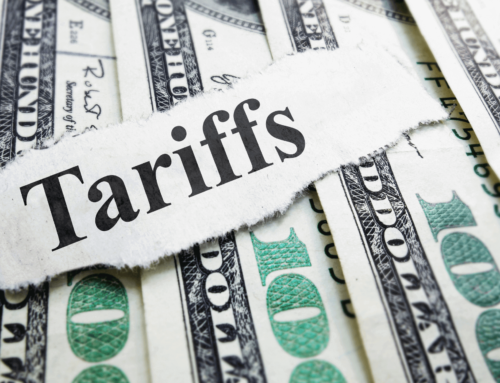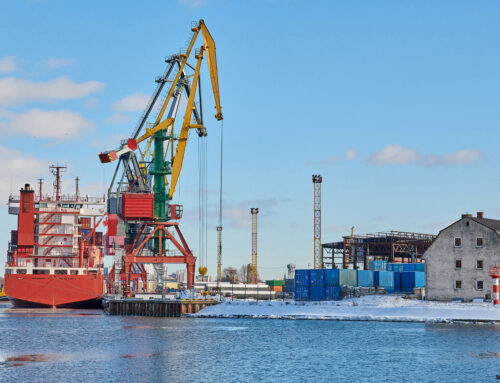The freight market is experiencing a boom, fueled by a significant demand surge and limited shipping capacity. This translates to skyrocketing prices, tight space availability, frequent rollovers (shipment delays), and container shortages. Let’s dive in:
Demand Surge:
U.S. Imports on Fire
- S. maritime imports in Q1 2024: Up a staggering 15% year-on-year and compared to the same period in 2019!This signifies a massive growth trend.
- Top source: China remains the leader, but its share has dipped slightly (from 39% in 2019 to 37% in 2024).Interestingly, China’s Q1 shipment volume growth (21% year-on-year) falls below the overall U.S. import growth rate.
- Big winners: Vietnam takes the “de-China” policy crown, with U.S. exports surging a whopping 83% year-on-year in Q1! Thailand (up 60% over five years) and Southeast Asian neighbors are also reaping the benefits.
- What’s driving the demand?Inventory replenishment is a key factor. Additionally, concerns about regional instability and the U.S. election are leading to increased safety stockpiling and earlier shipments.
Capacity Crunch: Not Enough Ships to Go Around
Remember the Red Sea crisis that disrupted shipping routes late last year? Experts initially predicted new capacity entering service would offset the rerouting impact, maintaining a supply-demand balance. However, reality paints a different picture:
- Global container capacity (estimated by LINERLYTICA):To reach 30 million TEU by June, but rerouting around South Africa is expected to consume nearly 17% of that by May (almost 5 million TEU). This figure is likely to rise further with escalating tensions.
- Actual capacity growth on critical routes: A mere 3% year-on-year, despite a nominal 10% increase in overall capacity. Rerouting is the culprit here.
- Global port congestion:Adding to the woes, port congestion ties up nearly 2 million TEU (6.3% of total capacity) as of week 18.
- Are shipping companies playing games?Not quite. Only 0.3% of global capacity is idle, and data from EZOCEAN (a Chinese schedule and capacity analysis agency) shows actual capacity from major Chinese ports to the U.S. is at 87.9% of planned capacity. Cancellations, while slightly higher from Shanghai and Shenzhen, are not widespread and primarily due to rerouting delays, not intentional blanking of sailings.
The Road Ahead: Buckle Up for Continued High Rates
The short-term forecast for freight rates? Brace for continued highs.
- Demand-supply imbalance: U.S. import demand shows no signs of abating, while shipping company capacity limitations are unlikely to change significantly in the near future.
- Potential for further rate hikes: If the market stays hot, shipping companies are likely to continue pushing up GRIs (General Rate Increases) and PSS (Peak Season Surcharges), driving rates even higher.
- Gradual decline is a slow game: Even if rate hikes stop now, the typical decrease pattern would take 3-5 months to bring rates back to April levels. By then, peak season will be upon us, leading to another round of increases.
What Can Importers Do? Strategies to Navigate the Market
The current market presents challenges, but with the right approach, importers can navigate these complexities.
- Book Early (Really Early):Provide booking plans to forwarders at least 15-20 days in advance to secure space and schedule flexibility.
- Embrace Rollovers (Unfortunately):Be prepared for potential rollovers, especially on U.S. West Coast routes (70% rollover rate) and accept them as a current reality.
- Evaluate Shipment Urgency:If cargo is not time-sensitive, consider delaying shipments or opting for slower,cheaper carriers to manage costs. Ships can essentially become floating warehouses in this scenario.
We’ll continue to monitor the market closely and provide updates in future newsletters. In the meantime, if you have any questions or require assistance navigating this dynamic market, please don’t hesitate to contact us.







